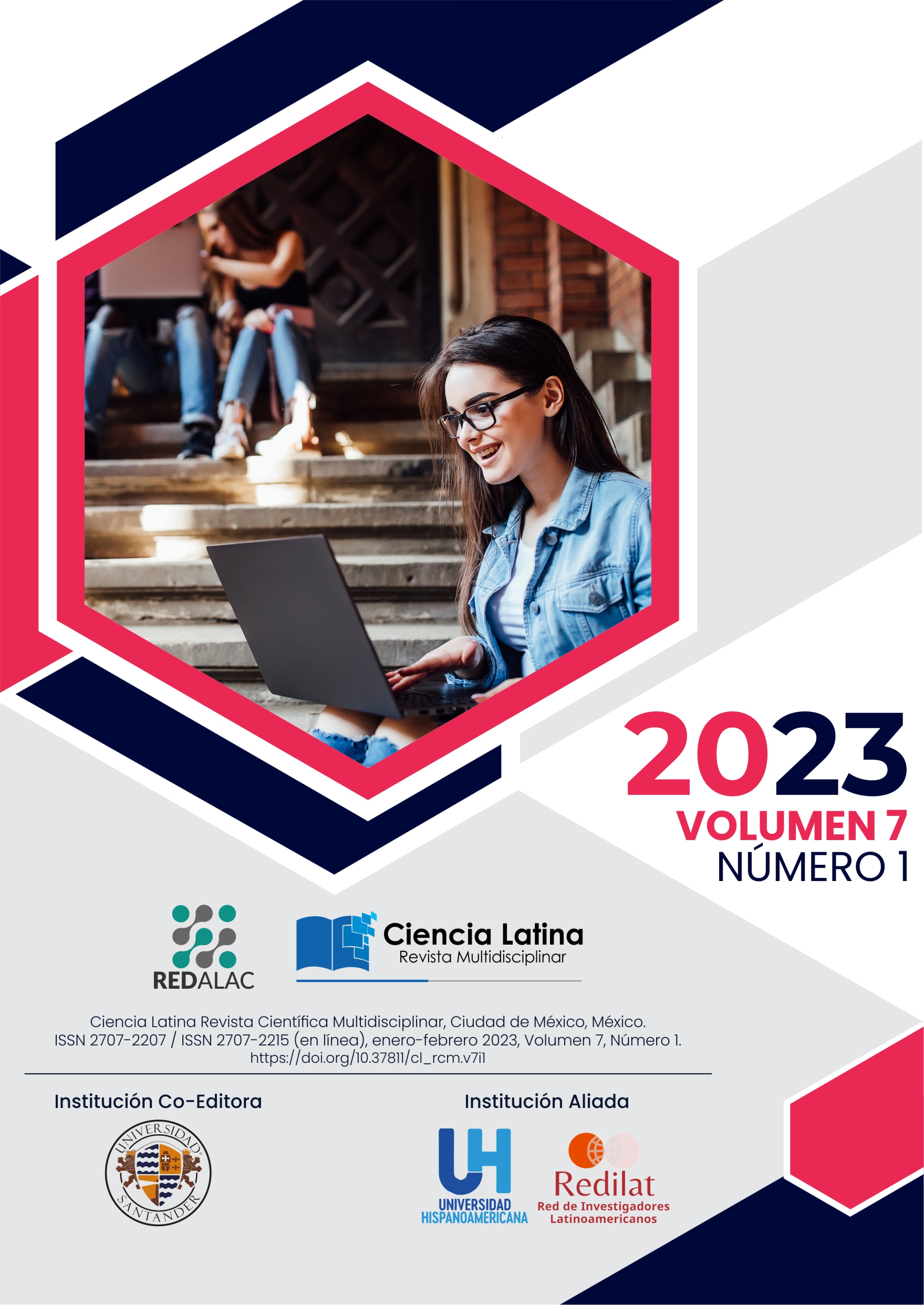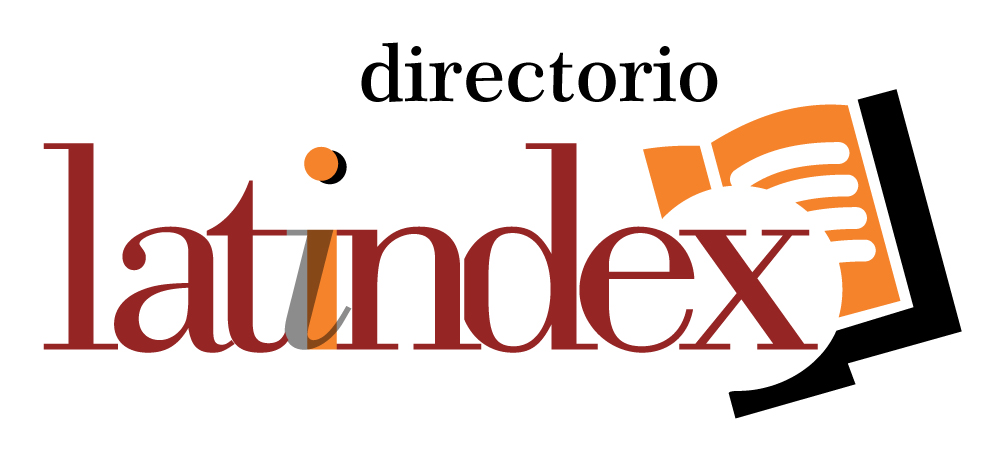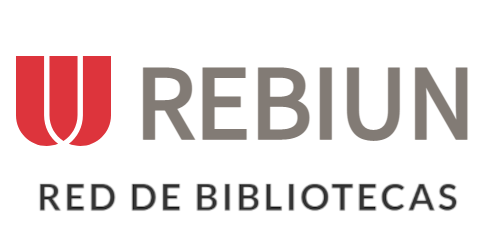Comparación de tensiones y desplazamientos entre mini-implantes de acero y titanio insertados con diferentes angulaciones: análisis de elementos finitos
Resumen
Objectivo: El objetivo de este estudio fue evaluar cuantitativamente las tensiones y desplazamientos de los mini-implantes de acero y titanio insertados bajo diferentes ángulos y aplicando una fuerza de retractación. Materiales y métodos: Se creó un modelo CAD del mini-implante de la marca TD Orthodontics. Posteriormente, se asignaron las características de los materiales a evaluar (acero o aleación de titanio). Se utilizó el software SolidWorks para hacer la malla de los modelos de mini-implante y hueso, y así realizar el análisis de elementos finitos en los mini-implantes con ángulos de inserción de 30°, 60°, 90° y se aplicó una fuerza de retracción ortodóncica simulada de 2 N en cada uno de estos modelos de elementos finitos. Resultados: En cuanto al estrés máximo de von Mises, observamos que parece no haber una diferencia significativa entre los mini-implantes de acero y de titanio en las angulaciones evaluadas. En cuanto al desplazamiento, los mini-implantes de titanio en general sufrieron mayor desplazamiento en las tres angulaciones evaluadas en comparación con los mini implantes de acero inoxidable.
Descargas
Citas
Liu WK, Li S, Park HS. Eighty years of the finite element method: Birth, evolution, and future. Arch Comput Methods Eng. 2022;1-23.
Stahl E, Keilig L, Abdelgader I, Jäger A, Bourauel C. Numerical analyses of biomechanical behavior of various orthodontic anchorage implants. J Orofac Orthop Kieferorthopädie. 2009;70(2):115-27.
Liu Y, Yang Z jin, Zhou J, Xiong P, Wang Q, Yang Y, et al. Comparison of anchorage efficiency of orthodontic mini-implant and conventional anchorage reinforcement in patients requiring maximum orthodontic anchorage: a systematic review and meta-analysis. J Evid Based Dent Pract. 2020;20(2):101401.
Casaña-Ruiz MD, Bellot-Arcís C, Paredes-Gallardo V, García-Sanz V, Almerich-Silla JM. Risk factors for orthodontic mini-implants in skeletal anchorage biological stability: a systematic literature review and meta-analysis. Sci Rep. 2020;10(1):1-10.
Tatli U, Alraawi M, Toroğlu MS. Effects of size and insertion angle of orthodontic mini-implants on skeletal anchorage. Am J Orthod Dentofacial Orthop. 2019;156(2):220-8.
Mešić E, Muratović E, Redžepagić-Vražalica L, Pervan N, Muminović AJ, Delić M, et al. Experimental & fem analysis of orthodontic mini-implant design on primary stability. Appl Sci. 2021;11(12):5461.
Redžepagić-Vražalica L, Mešić E, Pervan N, Hadžiabdić V, Delić M, Glušac M. Impact of implant design and bone properties on the primary stability of orthodontic mini-implants. Appl Sci. 2021;11(3):1183.
Asok N, Sing K, Tandon R, Chandra P. Retention of mini screws in orthodontics–a comparative in vitro study on the variables. South Eur J Orthod Dentofac Res. 2020;7(2):38-42.
Mazhari M, Khanehmasjedi M, Mazhary M, Atashkar N, Rakhshan V. Dynamics, Efficacies, and Adverse Effects of Maxillary Full-Arch Intrusion Using Temporary Anchorage Devices (Miniscrews): A Finite Element Analysis. BioMed Res Int. 2022;2022.
Kuroda S, Inoue M, Kyung HM, Koolstra JH, Tanaka E. Stress Distribution in Obliquely Inserted Orthodontic Miniscrews Evaluated by Three-Dimensional Finite-Element Analysis. Int J Oral Maxillofac Implants. 2017;32(2).
Sabley KH, Shenoy U, Banerjee S, Akhare P, Hazarey A, Karia H. Comparative Evaluation of Biomechanical Performance of Titanium and Stainless Steel Mini Implants at Different Angulations in Maxilla: A Finite Element Analysis. J Indian Orthod Soc. 2019;53(3):197-205.
Machado GL. Effects of orthodontic miniscrew placement angle and structure on the stress distribution at the bone miniscrew interface–A 3D finite element analysis. Saudi J Dent Res. 2014;5(2):73-80.
Arantes V de OR, Corrêa CB, Lunardi N, Boeck Neto RJ, Spin-Neto R, Boeck EM. Insertion angle of orthodontic mini-implants and their biomechanical performance: finite element analysis. Rev Odontol UNESP. 2015;44:273-9.
Perillo L, Jamilian A, Shafieyoon A, Karimi H, Cozzani M. Finite element analysis of miniscrew placement in mandibular alveolar bone with varied angulations. Eur J Orthod. 2015;37(1):56-9.
Sivamurthy G, Sundari S. Stress distribution patterns at mini-implant site during retraction and intrusion—a three-dimensional finite element study. Prog Orthod. 2016;17(1):1-11.
Brar LS, Dua VS. The magnitude and distribution pattern of stress on implant, teeth, and periodontium under different angulations of implant placement for en masse retraction: a finite element analysis. J Indian Orthod Soc. 2017;51(1):3-8.
Marcé-Nogué J, Walter A, Gil L, Puigdollers A. Finite element comparison of 10 orthodontic microscrews with different cortical bone parameters. Int J Oral Maxillofac Implants. 2013;28(4).
Kravitz ND, Kusnoto B. Risks and complications of orthodontic miniscrews. Am J Orthod Dentofacial Orthop. 2007;131(4):S43-51.
Liou EJ, Chen PH, Wang YC, Lin JCY. A computed tomographic image study on the thickness of the infrazygomatic crest of the maxilla and its clinical implications for miniscrew insertion. Am J Orthod Dentofacial Orthop. 2007;131(3):352-6.
Deguchi T, Nasu M, Murakami K, Yabuuchi T, Kamioka H, Takano-Yamamoto T. Quantitative evaluation of cortical bone thickness with computed tomographic scanning for orthodontic implants. Am J Orthod Dentofacial Orthop. 2006;129(6):721-e7.
Derechos de autor 2023 Ana Gabriela Magaña Lamas; Alan Martínez Zumarán;Norma Verónica Zavala Alonso ;Oscar Sánchez -Armass Cappello; Gylmar Mariel Cárdenas ;Enrique González García; Marco Felipe Salas Orozco

Esta obra está bajo licencia internacional Creative Commons Reconocimiento 4.0.













.png)




















.png)
1.png)


